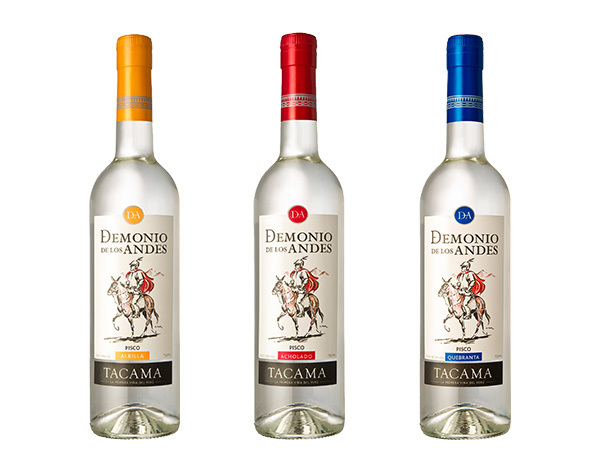Pisco is Peruvian. Tacama sits in the desertous Ica valley. Beginning in 1540, it is the oldest vineyard in South America. Only eight grapes are permitted in Peruvian Pisco: aromatic: Italia, Torontel, Albilla, Moscatel and non-aromatic: Quebranta (the original Pisco variety) alongside Mollar (Negra Mole), Negra Criolla (Listán Negra, Mission, País), Uvina (Jacquart – a hybrid).
Pisco can only be made from the fermented must of fresh grapes, rather than skins. No fining, filtration or SO2 is permitted. Full lees content is part of the recipe here. Only one distillation is permitted and that must be in a copper pot still. If you’re wondering how that’s possible, the first distillation might cut to the heart at 70% ABV and then cut to tails at 20% ABV. That gives an average around 40% ABV but it is incredibly expensive as the alcohol remaining in the still is lost.
No water can be added. Ever. Compare that with almost every other spirit but especially cognac and whisky. And Pisco can never be wood-matured. Pisco combines vegetal, earthy, grapey aromas with a tangy citrus intensity emphasising both the quality of the raw material and the skill of the distiller.
Pisco
Pisco, Demonio de Los Andes Albilla 40% ABV
Pisco, Demonio de Los Andes Quebranta 40% ABV
Pisco, Demonio de Los Andes Acholado 40% ABV
Pisco Mosto Verde, Demonio de Los Andes Albilla 42.5% ABV

